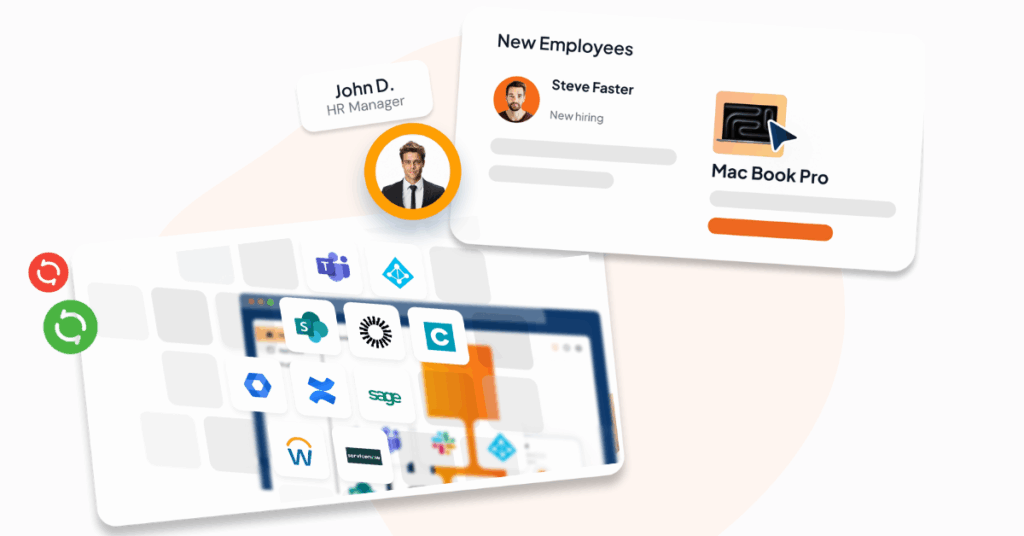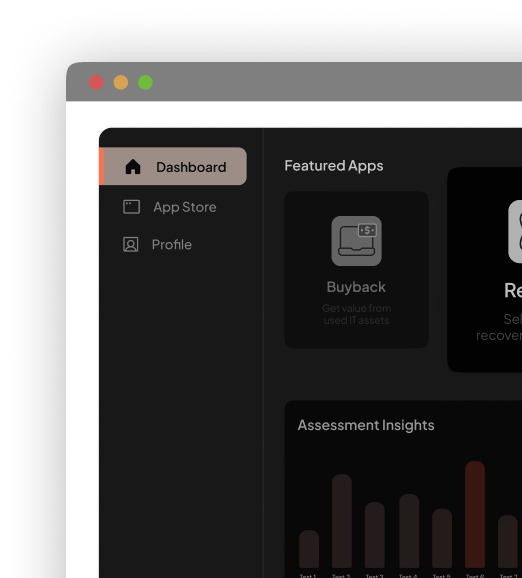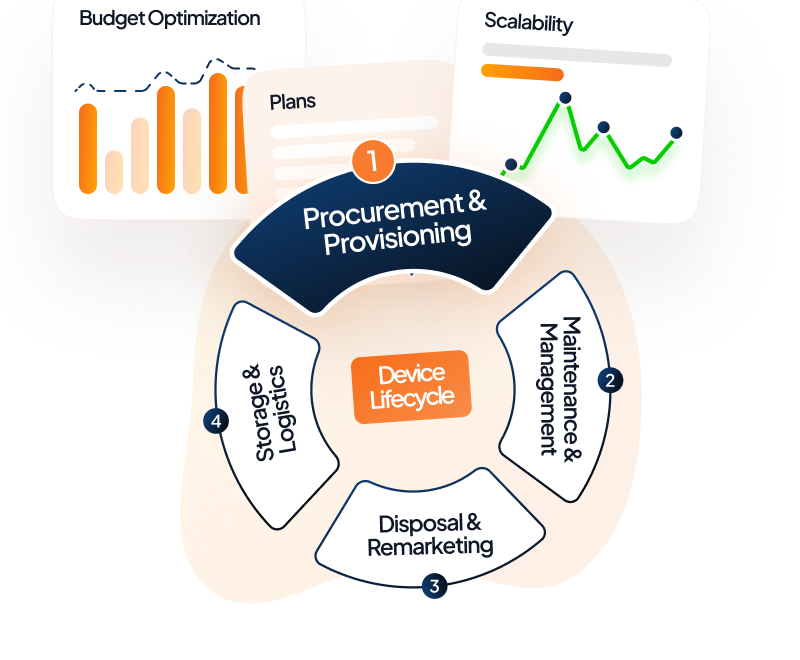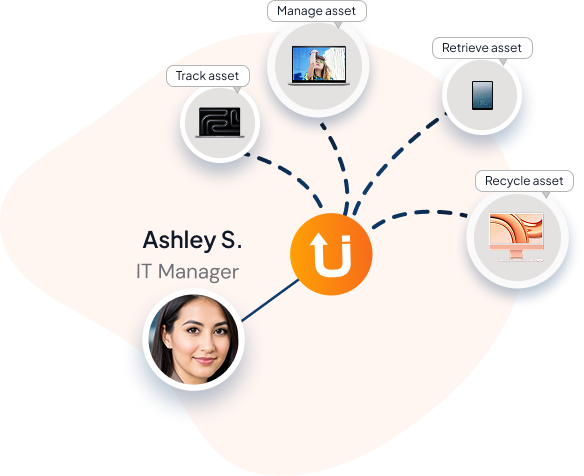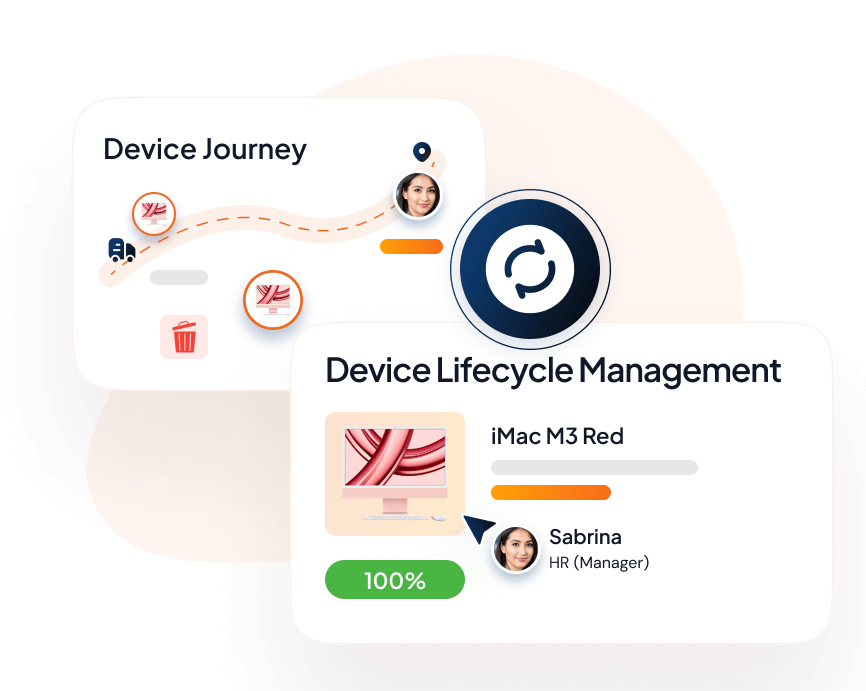Did you know that 88% of organizations don’t onboard well and lose new hires within the first six months?
A messy onboarding process can cost you top talent before they’ve even settled in.
Instead of overwhelming new employees with paperwork and disordered checklists, follow the example of forward-thinking businesses by moving away from manual onboarding and adopting employee onboarding automation, as it gives every new hire an engaging, efficient, and consistent start.
What is Employee Onboarding Automation?
Employee onboarding automation is welcoming an easy and more advanced solution designed for the ease of your HR and new hires. It basically involves using digital platforms, intelligent workflows, and integrated software solutions to manage the entire onboarding journey, from the moment a candidate accepts an offer to the point they become a fully engaged, productive member of the team.
By eliminating manual paperwork and disjointed communication, automation ensures a consistent, compliant, and highly efficient process.
The result is twofold:
HR teams save significant time and resources, while new hires enjoy a seamless, engaging, and professional first experience.
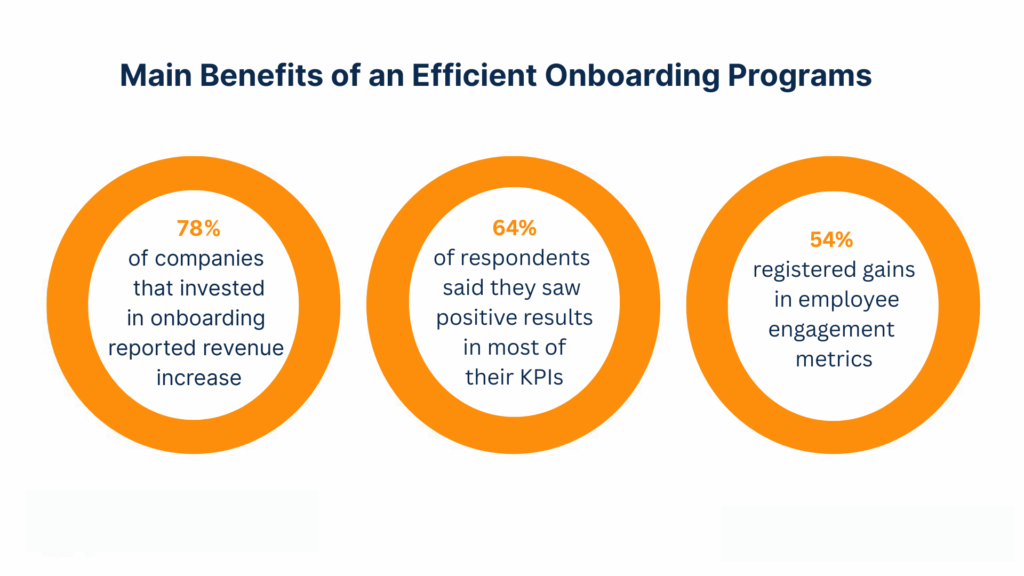
Automate Onboarding process with unduit
Create consistency, save time, and make every first day a great one.
Book a Demo!Key Factors of Good Employee Onboarding Automation
Onboarding doesn’t have to be a pile of forms and back-and-forth emails. With automation, the process becomes faster, smoother, and more welcoming for both HR and new hires.
Here’s what employee onboarding automation includes:
1. Digital Document Management
Say goodbye to printer jams and missing signatures! All your forms, policies, and contracts are managed, signed, and stored digitally, no paper cuts included.
2. Automated Communication & Reminders
Automated reminders and messages keep everyone on schedule, without anyone having to chase down replies, with “just checking in” emails.
3. Consistent Onboarding Workflows
Every new hire gets the same clear, structured experience, just smooth sailing from day one. So no one can say I didn’t get that form.
4. Quick Access to Tools & Training
New hires don’t have to wait days for login credentials. Automation gives instant access to the right tools and training, so they can start shining right away.
5. Error-Free Data Handling
Humans make typos. Automation doesn’t. Digital workflows keep data accurate and tasks on track, with zero “oops” moments.
6. Seamless Remote Onboarding
For remote hires, automation makes sure they’re not left waving from a lonely Zoom screen. Virtual intros, digital access, and clear task tracking make them feel part of the team from day one.
In short, automation turns onboarding into a smooth, engaging journey that sets employees up for success from day one.
Manual Onboarding vs. Automated Employee Onboarding
Sometimes, manual onboarding feels like a juggling act, slow, error-prone, and inconsistent across new hires. On the other hand, automated onboarding delivers speed, accuracy, and a consistent experience for every new hire.
“Epiq streamlined employee onboarding by eliminating manual data entry with Power Automate, improving automation … new hires gained quicker access to necessary tools … IT staff could focus on higher-value tasks.”
Key Steps to Automate the Employee Onboarding Process
Choose the Right Onboarding Software
When it comes to choosing onboarding software, it’s not just about ticking boxes; it’s about building a seamless experience that makes new hires feel welcome while keeping IT, HR, and compliance in sync.
Look for platforms like Unduit that integrate smoothly with your existing systems (ATS/HRIS, payroll, ITAM). At a baseline, you’ll want:
- Identity & Access Management (Okta, Azure AD)
- E-signature solutions for quick paperwork
- LMS integration for digital learning
- Device Management (Intune, JAMF)
- Collaboration tools (Slack, Teams)
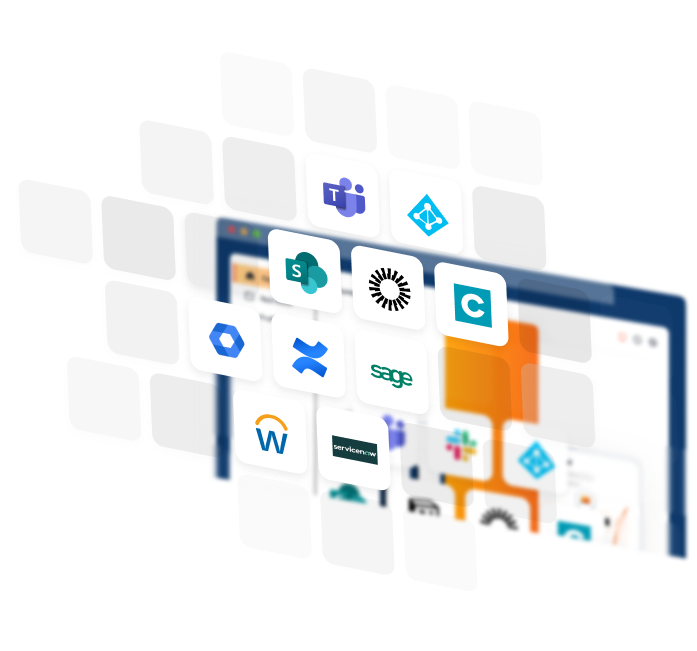
Map Out Your Onboarding Workflow
Let’s be honest, before a new hire even walks through the door (or logs into their first Zoom call), there are dozens of little tasks that need to get done.
Sending offer confirmations, setting up profiles, sharing company policies, assigning tasks, scheduling training, and even if one thing slips, it can throw the whole experience off balance.
That’s where automation steps in to save the day. Think of it as your digital checklist that runs itself, quietly ticking boxes in the background while you focus on the people side of onboarding.
- Offer accepted?
✅ A welcome email is automatically sent. - New hire added to the HRIS?
✅ Their IT ticket is created instantly. - Based in the EU?
✅ GDPR training gets assigned automatically, no extra clicks required.
Use Workflow Automation Tools
Here’s where the real magic happens.
If you’ve ever juggled emails, spreadsheets, and Slack messages just to onboard one new hire, you’ll know how easy it is for things to slip through the cracks. Workflow automation takes that chaos and turns it into a clean, coordinated process where everyone stays in sync.
Here’s what it can look like in action:
- HRIS to E-signatures: The moment a new hire is added, all their documents are sent automatically, no waiting, no reminders.
- IT Ticketing: IT gets an instant notification to provision a laptop (because no one wants to start their first day without one).
- Access Management: Accounts are created and group permissions assigned in Okta or Azure, all handled behind the scenes.
- Collaboration Tools: Add the new hire to Teams or Slack and automatically send a warm “buddy intro” to help them settle in.
- Learning Management System (LMS): Assign training modules instantly so they can hit the ground running.
- Manager Check-ins: Auto-schedule 30, 60, and 90-day conversations so managers never forget to connect.
Personalize the Experience
Let’s get one thing straight: automation should never feel robotic. The goal isn’t to remove the human from onboarding; it’s to make space for more meaningful human moments. The best onboarding experiences blend efficiency with empathy, and that’s exactly where smart automation shines.
Imagine this:
- A personalized welcome email from the manager, automatically sent, yet warm, thoughtful, and genuine.
- A buddy coffee chat invite that magically appears on the new hire’s calendar during their first week (because connections matter more than checklists).
- Manager 30/60/90-day check-ins are Pre-scheduled, so no one forgets those important conversations that build trust.
- A one-click micro-survey to capture real-time feedback, showing new hires that their voices actually matter.
Best Practices of Employee Onboarding Automation
Employee onboarding automation streamlines tasks, speeds up hiring, and ensures a smooth, consistent experience for new hires.
- Faster Onboarding Process
Remember when setting up a new hire took days (or weeks)? Automation removes those delays. From account creation to training invites, everything happens in real time, so new hires can hit the ground running from day one. - Improved Employee Experience
Automation doesn’t mean robotic. In fact, it’s the opposite. With personalized emails, clear next steps, and instant access to resources, new employees feel guided, welcomed, and confident, not confused or overwhelmed. - Better Compliance Tracking
No more scrambling through folders or chasing signatures. Digital documentation keeps everything organized and compliant. And with a structured device refresh cycle, your assets and data stay safe without extra effort. - Higher Employee Retention
A great first impression goes a long way. When onboarding feels smooth, structured, and thoughtful, employees are more likely to stick around and stay engaged. - Reduced Workload for HR
No one joins HR to send reminder emails all day. Automation takes care of the repetitive stuff, freeing HR professionals to focus on what really matters: people, culture, and connection.
The Future of HR Onboarding Automation
As HR onboarding automation evolves, AI and workflow automation will make the onboarding process even smarter, anticipating new hire needs, analyzing employee experience metrics, and continuously improving onboarding solutions.
Organizations that invest in automated onboarding today will enjoy better employee engagement, higher employee retention, and a stronger workforce for tomorrow.
Impact on Employee Retention and Satisfaction
A strong onboarding experience does more than introduce employees to tools and processes; it drives engagement and directly impacts retention. When people feel welcomed and supported from day one, they’re not just showing up; they’re motivated to contribute.
Research backs this up: business units with engaged employees see far fewer absences and notable productivity gains. Even more importantly, engagement helps employees stick around, reducing attrition by up to 43% in low-turnover organizations.
Here’s how automation, paired with the human touch, strengthens both retention and culture:
Reduces Early Frustration
Automation eliminates repetitive paperwork and IT access delays, ensuring employees, especially remote hires, start their roles smoothly without feeling lost or overlooked.
Boosts Engagement and Productivity
A seamless start builds confidence. Engaged employees naturally contribute more, leading to stronger collaboration and higher team performance.
Strengthens Retention Rates
Employees who feel supported are less likely to look elsewhere. Even in high-attrition industries, engaged teams experience a noticeable drop in turnover.
Enables HR to Focus on People, Not Paperwork
With routine processes handled digitally, HR can dedicate energy to meaningful connections, like mentoring, check-ins, and building team culture.
Creates a Healthy Remote Culture
For distributed teams, a thoughtful onboarding process signals that distance doesn’t mean disconnection, building trust across time zones and work environments.
A company redesigned its onboarding process by combining automation with a personalized experience, making the first day smooth and engaging for new hires. As a result, absenteeism dropped by 81% and productivity increased by 14%. High-attrition departments saw an 18% reduction in turnover, while low-attrition teams experienced an impressive 43% decrease.
FAQs
Q1: Can onboarding automation integrate with existing HR/IT systems?
Yes, onboarding automation easily integrates with existing HR and IT systems like HRIS, payroll, and IT service platforms through APIs or built-in connectors.
Q2: Should onboarding always be automated?
Onboarding should be mostly automated to save time, cut costs, and boost retention, but keep some manual touchpoints, like one-on-one check-ins, to ensure a personal, supportive experience.
Q3: Who benefits from automated employee onboarding?
Automated employee onboarding benefits the entire company, not just HR, by boosting new hire confidence, reducing turnover, and saving time through AI- and ML-powered efficiency.
